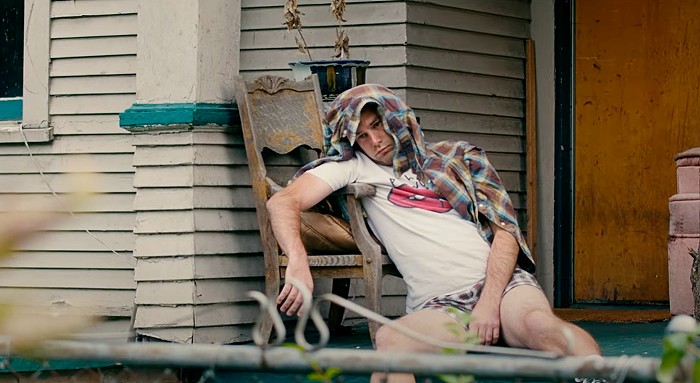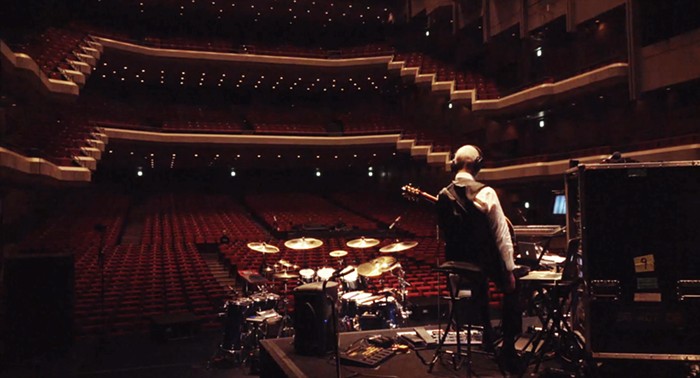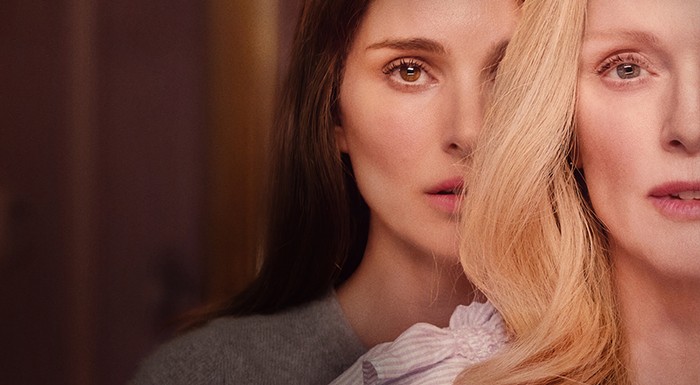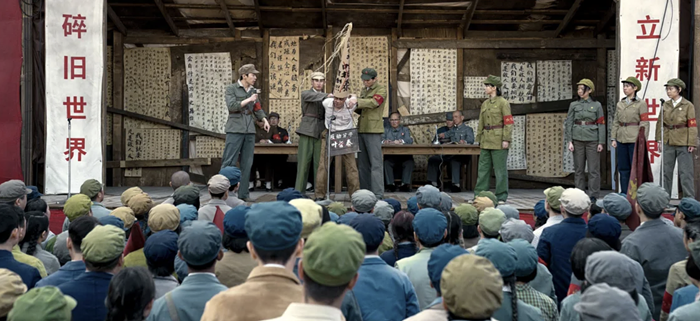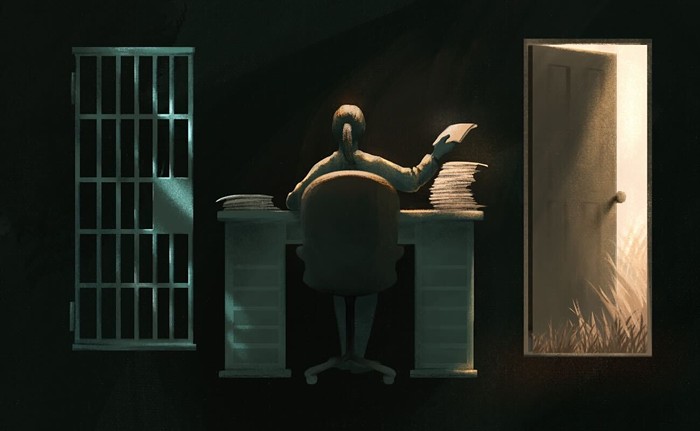Had Anna Biller's The Love Witch come out in 1965, it would be part of the feminist cult-film canon. The vampy Elaine (Samantha Robinson) destroys the men in her life with sex magick (!) by more or less seducing them to death. She's unapologetic about her passion and her witchy tendencies, she makes sexy (but murdery) paintings, and she inters a bottle of her own urine and a tampon with a dead man. There's even a witchy Renaissance fair in the woods!
Visually, the film is divine: Shot on 35 mm (with practical effects to boot), the film showcases Biller's exquisite attention to set design and wardrobe—from the transformation of Los Angeles's Herald Examiner lobby into a stylized tearoom to a hand-hooked pentagram rug.
But as a contemporary film, The Love Witch is lacking: While Elaine has set her feminine wiles to deadly, there's not much else to her. In fact, none of the characters are especially fleshed out or sympathetic, the pacing and plot are arduous, and the film's potential for subversion (and humor—Jesus, it's about sex magick!) is overlooked.
If the film had come out 50 years ago, we could read misandrist undertones in it, excuse its sex-obsessed protagonist from never experiencing sexual pleasure herself, and celebrate its pro-occult leanings. (Witches—so hot right now!) But today, feminist filmgoers are savvy enough to expect more from female characters and messages around pleasure and sex.
Biller—an artist well-schooled in pulp—seeks to center "female visual pleasure" (à la film theorist Laura Mulvey), and many shots here, to be fair, are not as explicit or objectifying as the norm. But this well-intentioned exercise comes at the expense of substance. While it might be fun in a theater full of film nerds (or witches!), The Love Witch otherwise ends up being a bit of a slog.


